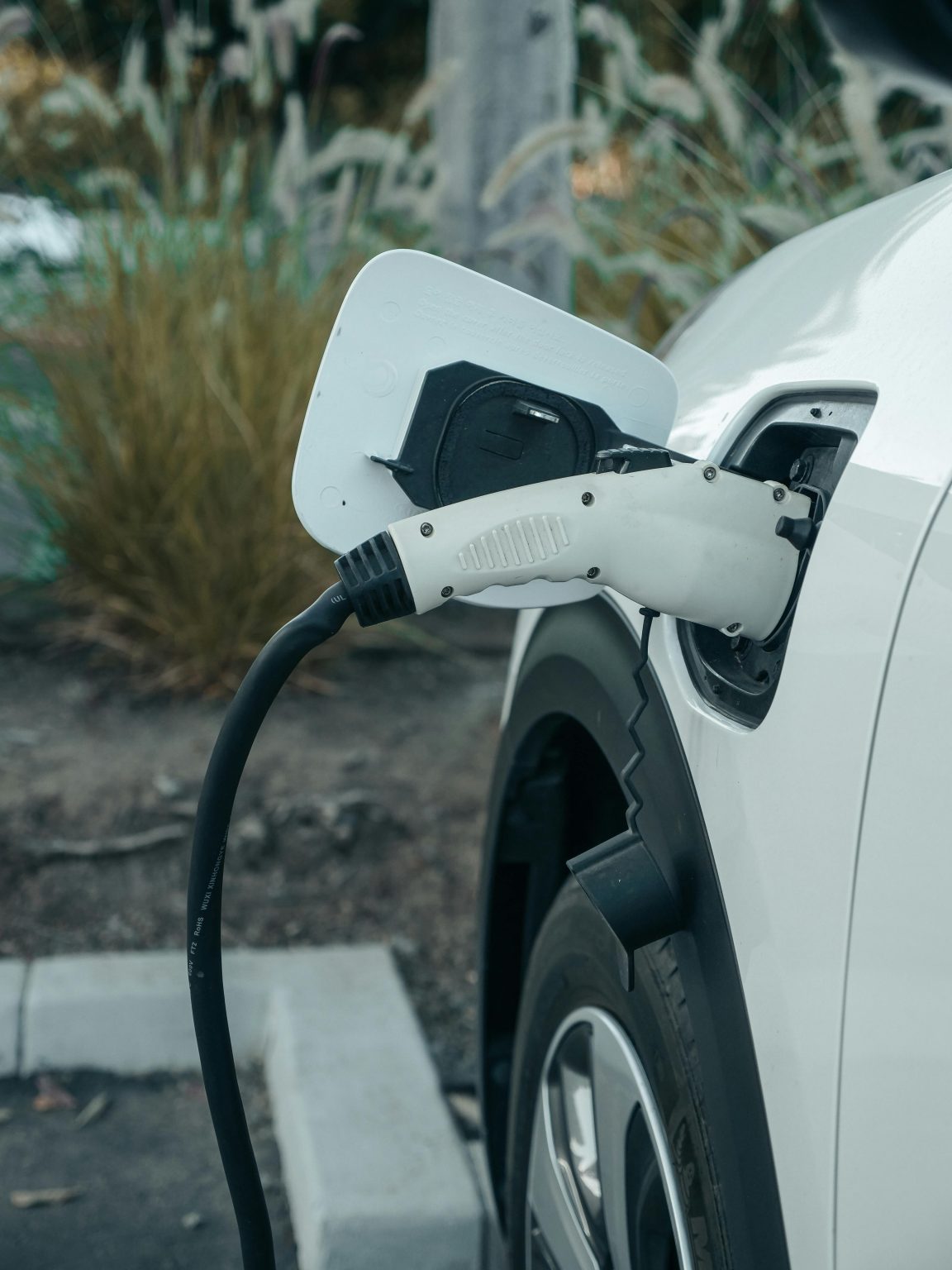The electric vehicle (EV) revolution is accelerating, and it’s not just the cars themselves that are evolving, it’s the way we charge them.
Smart EV chargers are quickly becoming a game-changer, transforming how drivers power their vehicles, manage energy consumption, and interact with the electric grid. With advanced features, connectivity, and automation, this electric vehicle charger is reshaping the driving experience and paving the way for a smarter, greener future.
What Is a Smart EV Charger?
A smart EV charger is more than just a plug for your car. Unlike standard chargers, smart chargers are connected to the internet and equipped with software that allows for remote monitoring, control, and optimization. They can communicate with your EV, your home energy system, and in some cases, the local power grid.
These chargers allow you to:
- Schedule charging during off-peak hours to save money.
- Track energy consumption in real time.
- Integrate with renewable energy sources like solar panels.
- Participate in demand-response programs where you can even earn credits for reducing load during peak demand.
Saving Money with Smarter Charging
One of the biggest benefits of a smart EV charger is cost optimization. Many utility companies offer time-of-use (TOU) rates, where electricity is cheaper during certain hours, typically at night. Smart chargers can automatically start charging your EV during these low-rate periods, reducing your monthly energy bill.
Some chargers can also adjust charging speed dynamically based on grid demand, avoiding peak pricing and helping stabilize the energy network. This isn’t just good for your wallet — it’s good for the planet.
Improving Convenience and Control
Smart EV chargers often come with mobile apps that put complete control at your fingertips. You can:
- Start or stop charging remotely.
- Check your charging status from anywhere.
- Receive alerts when charging is complete.
- Set custom preferences for charging speed and times.
This means you’ll never have to worry about whether you plugged in the car before bed — you can simply check your phone.
Integrating with Renewable Energy
For EV owners with home solar systems, smart chargers offer seamless integration. They can prioritize charging your car using solar power, ensuring that your driving is powered by 100% clean energy. Some advanced models can even store excess solar energy in your EV battery for later use, turning your car into a mobile energy storage unit.
Enabling Vehicle-to-Grid (V2G) Technology
One of the most exciting developments in smart charging is vehicle-to-grid (V2G) technology. With V2G, your EV isn’t just a consumer of energy — it becomes part of the grid.
During times of high electricity demand, your EV can feed stored power back into the grid, helping prevent blackouts and supporting renewable energy integration. In return, you may receive compensation from your utility company.
Environmental Impact
By promoting efficient energy use and enabling renewable energy integration, smart EV chargers play a key role in reducing carbon emissions. Smarter charging patterns mean less strain on fossil fuel power plants and more use of clean energy sources.
The widespread adoption of smart charging could:
- Reduce the need for new power plants.
- Lower overall energy waste.
- Support the shift to a more sustainable, low-carbon transportation system.
The Future of Driving
Smart EV chargers represent a fundamental shift in how we think about fueling our vehicles. Instead of relying on fixed gas station visits, charging becomes a flexible, automated, and eco-friendly process that fits into our daily lives.
As EV adoption grows, we can expect:
- More integration with smart home systems.
- Expansion of public smart charging networks.
- Advances in AI-driven charging optimization.
- Widespread adoption of V2G capabilities.
In the near future, your car may not only drive you to work — it could power your home during an outage or help balance the national power grid.
Final Thoughts
The rise of smart EV chargers is more than just a technological upgrade; it’s a revolution in energy management and transportation. By giving drivers more control, saving money, enabling renewable integration, and supporting the grid, these devices are helping create a cleaner, smarter, and more resilient energy future.



